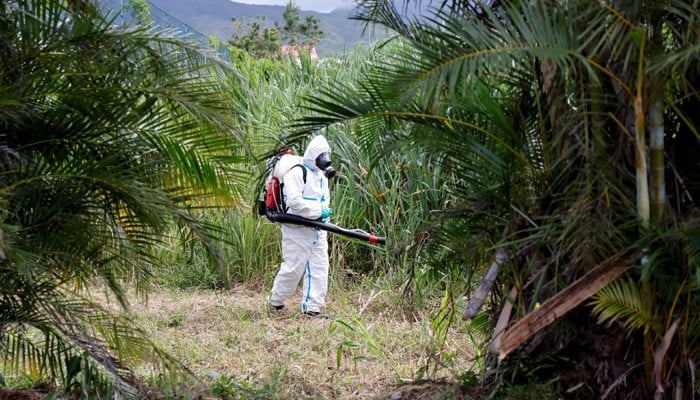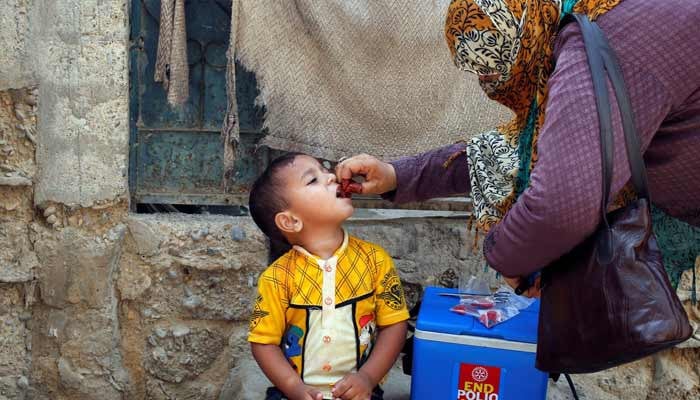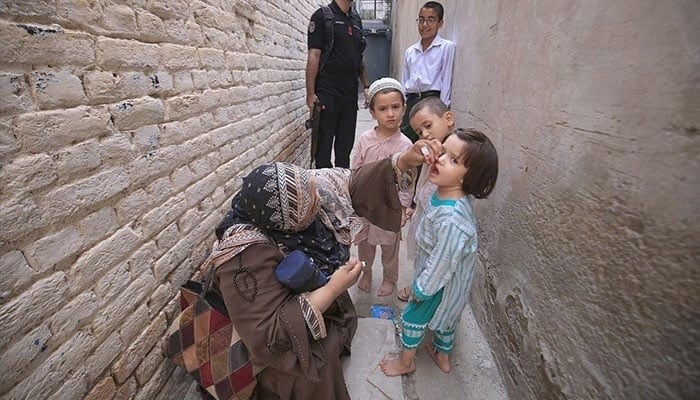The World Health Organization (WHO) warned Tuesday that a large epidemic of Chikungunya virus runs the risk of wiping all over the world and to evoke urgent action to prevent this.
The WHO said that it picked up exactly the same early warning signals as in a large outbreak two decades ago and wanted to prevent a repeat.
Chikungunya is a viral disease transmitted by mosquitoes that causes fever and severe joint pain, which is often debilitating. In some cases it can be deadly.
“Chikungunya is not a disease that is generally known, but it is detected and transferred to 119 countries worldwide, causing 5.6 billion people to risk,” said the who’s Diana Rojas Alvarez.
She remembered how from 2004 to 2005 a large Chikungunya epidemic wiped over the Indian Ocean and touched small island areas before he spread worldwide and affected almost half a million people.
“Today, which sees the same pattern: since the beginning of 2025, Reunion, Mayotte and Mauritius have all reported Major Chikungunya outbreaks. A third of the population of the reunion is estimated to be infected,” she said a press briefing in Geneva.
‘Pick up the alarm’
The symptoms of Chikungunya are similar to those of dengue fever and Zika -virus disease, making it difficult to diagnose, according to the WHO.
Rojas Alvarez said that the virus, like 20 years ago, now spread to other places in the region, such as Madagascar, Somalia and Kenya.
“Epidemic transmission also takes place in South Asia,” she added.
In Europe, imported cases have also been reported, coupled with the outbreak on the islands of the Indian Ocean. Local transmission has been reported in France and suspected cases have been detected in Italy.
“Because from 2004 these transmission patterns were seen in the outbreak, calling for urgent action to prevent history from repeating itself,” said Rojas Alvarez.
She noted that the fatal number of case was lower than 1%, “but when you start counting millions of cases, it can be 1% thousands” of deaths.
“We bring all the alarm early so that countries can prepare early, detect and strengthen all capacities to prevent them from going through very large outbreaks.”
Tiger mosquitoes
Rojas Alvarez explained that in regions where populations have little or no immunity, the virus can quickly cause considerable epidemics, which affects three -quarters of the population.
Chikungunya virus is transferred to humans by the bites of infected female mosquitoes, usually Aedes Aegypti and Aedes Albopictus Mosquitoes.
The latter, known as the Tiger Mosquito, ventures further north while the world is warming up because of people driven by people.
They mainly bite during daylight hours, with peak activity often in the early morning and late in the afternoon.
The WHO -in -shaged people to protect themselves by leaving measures such as the use of mosquito -resistant and not water to stagnate in containers such as buckets, where mosquitoes can breed.






